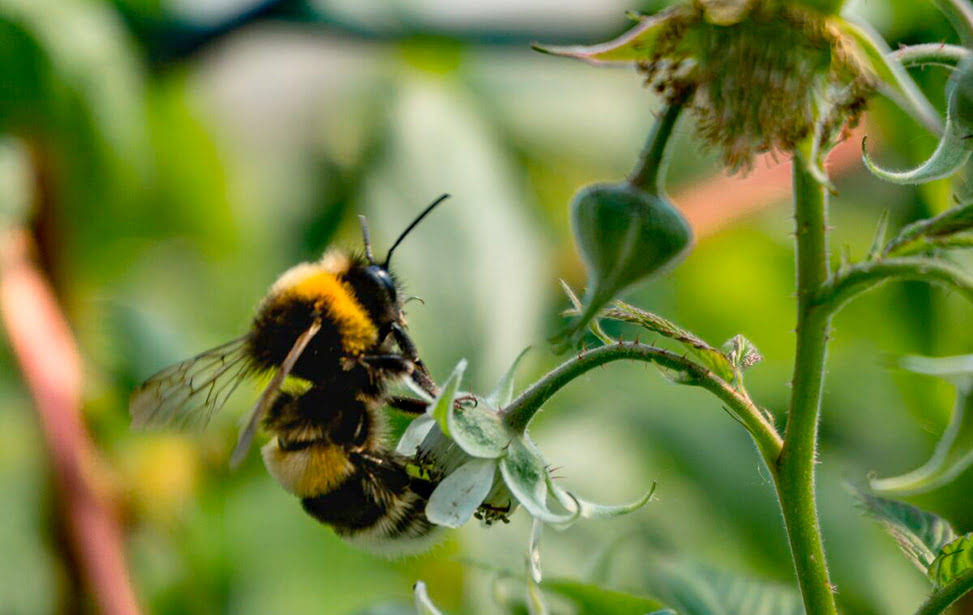- English

This blog post is the first part of the blog series about flickering light. In this one, I focus on humans and animals. In the second part, I will explain how flickering affects plants.
Photometric flickering means quick and repeated changes in light intensity. It is a rapid and repeated flashing motion of light that might not be noticeable in plain sight. Light flickering can result from an electrical system problem, but it is also a characteristic feature of some lamp types. High-intensity discharge (HID) lamps like high-pressure sodium (HPS) and metal-halide lamps, commonly used for cultivating plants are known to flicker a lot, but also some lower-quality LED lights do flicker. Generally, LED lights flicker due to a faulty or low-quality driver. Flickering intensity depends on many factors. On average, people can detect flickering up to 45-53 Hz (45-53 flashes per second) (Shields, 1989). Flickering lights can cause actual health problems, even with a higher Hz value than is detected (McColl & Veitch, 2001; Inger et al., 2014). Visual fatigue is said to be the most significant symptom, but headache, stress, eyestrain, migraine, and even convulsions are also possible effects (Inger et al., 2014).
Greenhouses are good examples of places where workers are exposed to flickering light – for example, if HPS lamps are used. People (or animals) that have a high critical flicker fusion threshold will suffer the most from flickering. Because the human eye isn’t always able to see the flickering, the easiest way to detect it is to point your smartphone camera at the light or take a video with it. If the light flashes in your camera screen – you know the light flickers. As photographing is increasingly popular under grow lights, we all can agree that flickering light is very distracting whether you are a greenhouse worker or just taking photographs, videos, or time-lapses under grow lights.
GROWLIGHTENGINE® grow lights are a bumblebee-friendly choice!
Some animals, such as diurnal insects and birds, are more sensitive to flickering light than humans (Shields, 1989; Inger et al., 2014). In other words, they have a higher flicker fusion rate, which means they can detect higher flickering frequencies. For example, bumblebees which commonly are used to pollinate greenhouse tomatoes, suffer from flickering lights. They have severe difficulties pollinating flowers during wintertime if an HPS is the light source. Besides, bumblebees can see three colors of the light spectrum: green, blue, and ultraviolet radiation (Meyer-Rochow, 2019). All those colors are missing partly – or completely from the spectrum of HPS lights. GROWLIGHTENGINE® grow lights have a good amount of blue and green light, which combined with our flicker-free driver is a bumblebee-friendly choice! In poultry farming, chickens can suffer from flickering light, even though it would seem stable for us humans. This stress weakens their welfare and production (Kavtarashvili & Gladin, 2022). Animal rights should be more respected nowadays.
Flickering is one reason why HPS lights are outcompeted by modern LED grow lights. HPS lights have inadequate spectrum, low total efficiency, and a short lifespan. Under HPS lamps, everything seems yellowish. It highlights dirty hues. In turn, some LEDs are missing the green spectrum, and thus are unable to support human vision properly, making the light too purple. GROWLIGHTENGINE®’s light is completely flicker-free, and all the colors can be seen naturally. Thus, it is a safe choice for all growers, greenhouses, and botanical gardens considering the comfort and health of the workers even when photographing.
Stay tuned for the next part!